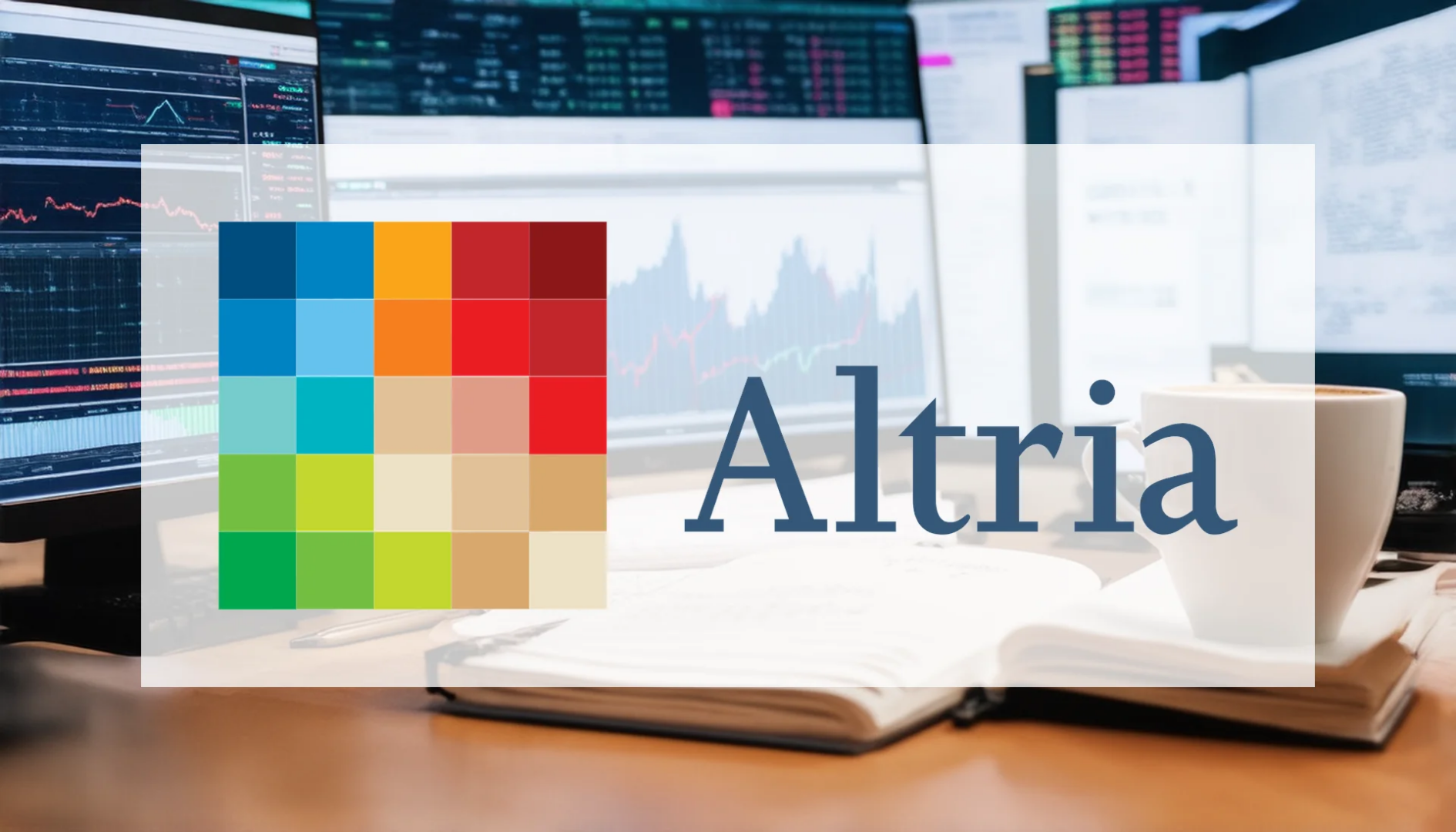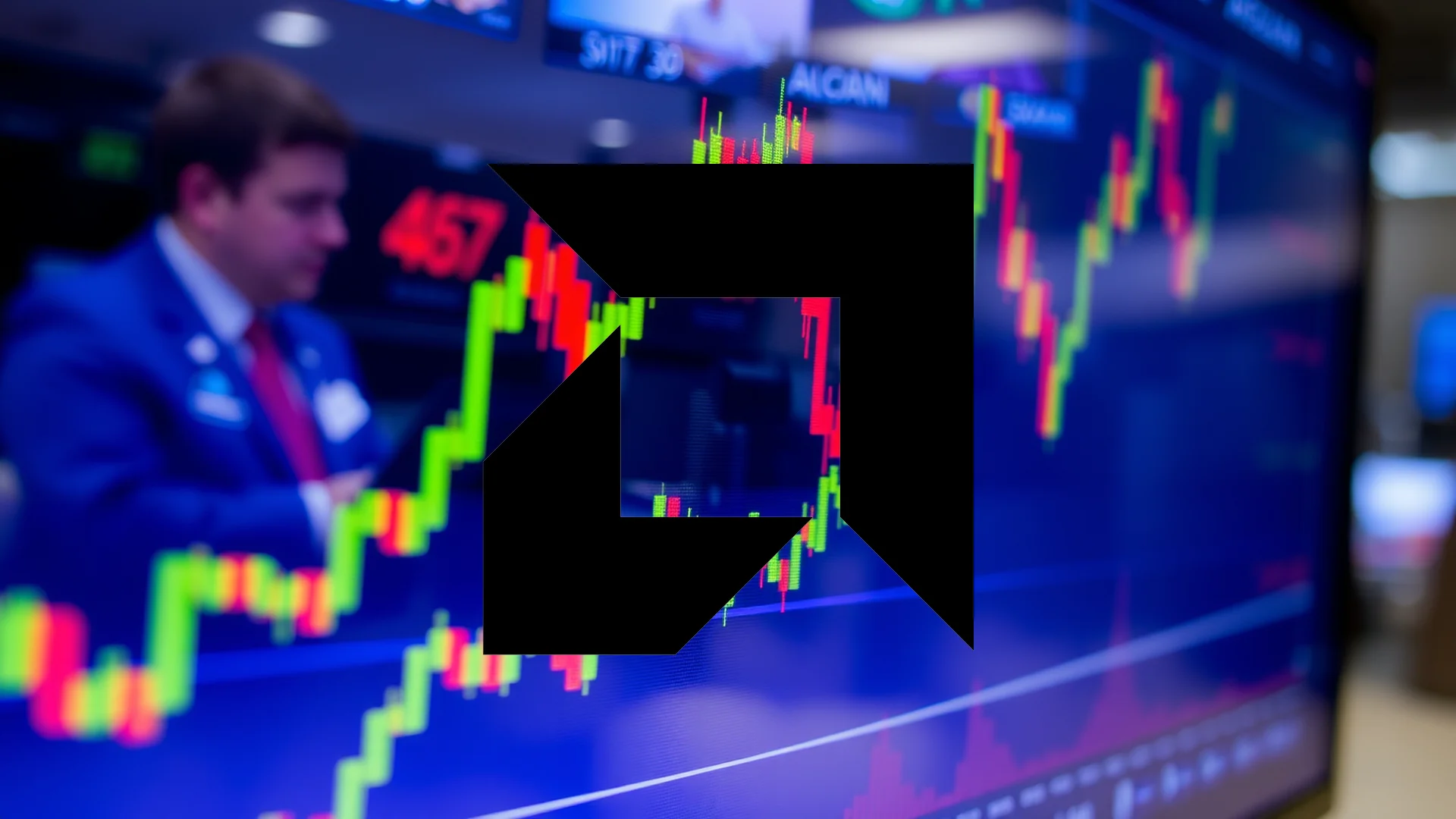As semiconductor equipment providers navigate the AI revolution, Applied Materials presents a compelling dichotomy: record-breaking profitability and shareholder returns on one side, growing analyst concerns and competitive pressures on the other. The company’s ability to leverage its financial power into sustained growth remains the central question for investors.
Strong Fundamentals Amid Challenges
Applied Materials continues to demonstrate operational excellence, delivering third-quarter 2025 results that surpassed market expectations. The company reported earnings per share of $2.48, exceeding the projected $2.36, while revenue reached $7.30 billion compared to anticipated $7.21 billion—representing a 7.7% year-over-year increase.
Margin expansion remains particularly impressive, with non-GAAP gross margins climbing 150 basis points and operating margins advancing 190 basis points in Q3 2025. The company achieved a gross margin of 49.2% in Q2 2025, marking its highest level since 2000 and signaling strong operational efficiency in a highly competitive marketplace.
Unwavering Commitment to Shareholder Returns
The company’s capital allocation strategy continues to reward investors substantially. Applied Materials’ board recently authorized a quarterly dividend of $0.46 per share, marking the eighth consecutive year of increases. This represents a 15% enhancement for shareholders starting March 2025.
Over the past decade, the semiconductor equipment manufacturer has returned nearly 90% of its free cash flow to investors while maintaining an average annual dividend growth rate of 15%. The company’s share repurchase program further demonstrates this commitment, with $1.4 billion returned to investors through dividends and buybacks in Q3 2025 alone. An additional $14.8 billion remains authorized for future repurchases, underscoring management’s confidence in ongoing cash generation capabilities.
Divergent Analyst Perspectives
Despite strong financial performance, market experts express growing concerns. Mizuho recently downgraded Applied Materials from “Outperform” to “Neutral,” citing market share erosion in key product segments. Daiwa Securities echoed this cautious stance, pointing to weaker-than-expected quarterly performance and softening demand outside the AI sector.
Should investors sell immediately? Or is it worth buying Applied Materials?
CFRA maintained its “Hold” rating but reduced its price target to $167, warning that trade uncertainties could continue to pressure demand.
Contrasting these views, Cantor Fitzgerald maintains a $200 price target while TD Cowen sustains its “Buy” recommendation. Cantor Fitzgerald attributes recent underperformance to “flawed internal modeling” rather than fundamental industry shifts.
Strategic Positioning for Future Growth
CEO Gary Dickerson has clearly articulated the company’s strategic direction, emphasizing next-generation technologies. During the Goldman Sachs conference on September 9, 2025, he outlined plans to double the advanced packaging business to $3 billion, driven primarily by AI-driven demand for data center wafers.
While geopolitical tensions and export license uncertainties with China present ongoing challenges, Applied Materials continues investing in innovation through initiatives like the EPIC Center. The company’s focus on co-innovation with customers aims to maintain competitive advantage despite market headwinds.
The critical question remains whether Applied Materials’ financial strength and technological roadmap can overcome analyst concerns and reverse the stock’s downward trajectory, positioning the company for sustained success in the evolving semiconductor landscape.
Ad
Applied Materials Stock: Buy or Sell?! New Applied Materials Analysis from December 20 delivers the answer:
The latest Applied Materials figures speak for themselves: Urgent action needed for Applied Materials investors. Is it worth buying or should you sell? Find out what to do now in the current free analysis from December 20.
Applied Materials: Buy or sell? Read more here...










